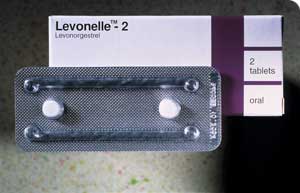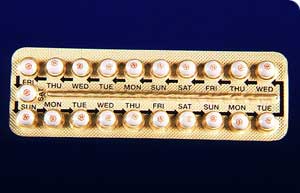 Your'e never too old to enjoy a satisfying sex life. You may not be able to enjoy the sexual olympics that you had in your youth, but you can still thoroughly enjoy the sensual and erotic pleasure of intimate, loving touch. Psychosexual therapist Paula Hall explains how.
Your'e never too old to enjoy a satisfying sex life. You may not be able to enjoy the sexual olympics that you had in your youth, but you can still thoroughly enjoy the sensual and erotic pleasure of intimate, loving touch. Psychosexual therapist Paula Hall explains how.Your body changes as you get older, but the wisdom of years means that you no longer have to have the sexual hang-ups or performance anxieties of youth. If you've been in a relationship for many years, you will also have years of knowledge of how to please your partner.
Fit for sex
The healthier and fitter you are, the better your sex life will be. Taking regular exercise to improve your muscle tone, your cardiac system and your flexibility will help you to stay sexually active for many years. In short, keeping fit will keep you sexually active. But the reverse is also true. Couples who continue to have an active sex life are also likely to keep fit, and age more slowly (or at least look as though they are). An active sex life produces a variety of chemicals that helps us to feel happy, enhances the immune system, increases lean body tissue and thickens skin tissue. One survey* concluded that improving your sex life can help make you look between four and seven years younger, reduce stress and lead to greater contentment.
Physical changes
Most physical changes are due to the natural aging process, the skin tends to lose some of it's sensitivity and movement may become more restricted. Both men and women will also experience hormonal changes. Men's testosterone levels gradually reduce and women will go through the menopause. Other physical changes are the result of illness or may be a side effect of medication. Common illnesses such as diabetes, heart disease and blood pressure problems directly affect sexual functioning, while other conditions such as arthritis have more of an indirect affect.
Sexual changes in women
* Lowered sexual desire - lower levels of oestrogen and testosterone can reduce sexual desire though it is more likely to be a side effect of general menopausal symptoms.
* Painful intercourse - the walls of the vagina become thinner and less lubrication is produced. It can also take longer to get aroused as you get older.
* Delayed orgasm - some women find that it takes them longer to orgasm than it used to and the sensation is not quite so strong.
Sexual changes in men
* Reduced desire - many men say that their desire for sex is less frequent and less urgent than in their twenties.
* Slower to arouse - most older men find they need direct penile stimulation in order to get aroused and get an erection.
* Less firm erections - the sensation of erection is likely to be less hard than it was, though it will still be sufficient for penetration.
* Slower ejaculation - the urgency to ejaculate tends to reduce significantly so a mature lover can last longer. Ejaculation may also feel less powerful.
Sex often gets better as couples age. In many ways, men and women are more equally matched. Most men will have lost their earlier physical urgency for satisfaction and many women feel more confident and comfortable with their sexuality. What's more, you're both likely to know far more about your own and each other's bodies.
Accepting change
What's important is that you and your partner are both aware of the physical changes that are happening, and that you're willing to accommodate those differences into your love making style. Make sure you both make plenty of time to get yourselves in the mood. You might enjoy trying some practical exercises - particularly exercises like sensual touching or erotic bath. If you begin to experience any particular sexual problems then take a look at the advice at overcoming problems.
Sex will change as you get older - but it does not have to become less enjoyable. In fact surveys* have shown that sexual satisfaction increases rather than decreases with age. As long as there's no debilitating illness, there is no reason why you can't thoroughly enjoy sex as long as you live.
*Superyoung, Dr David Weeks, Coronet Books


















